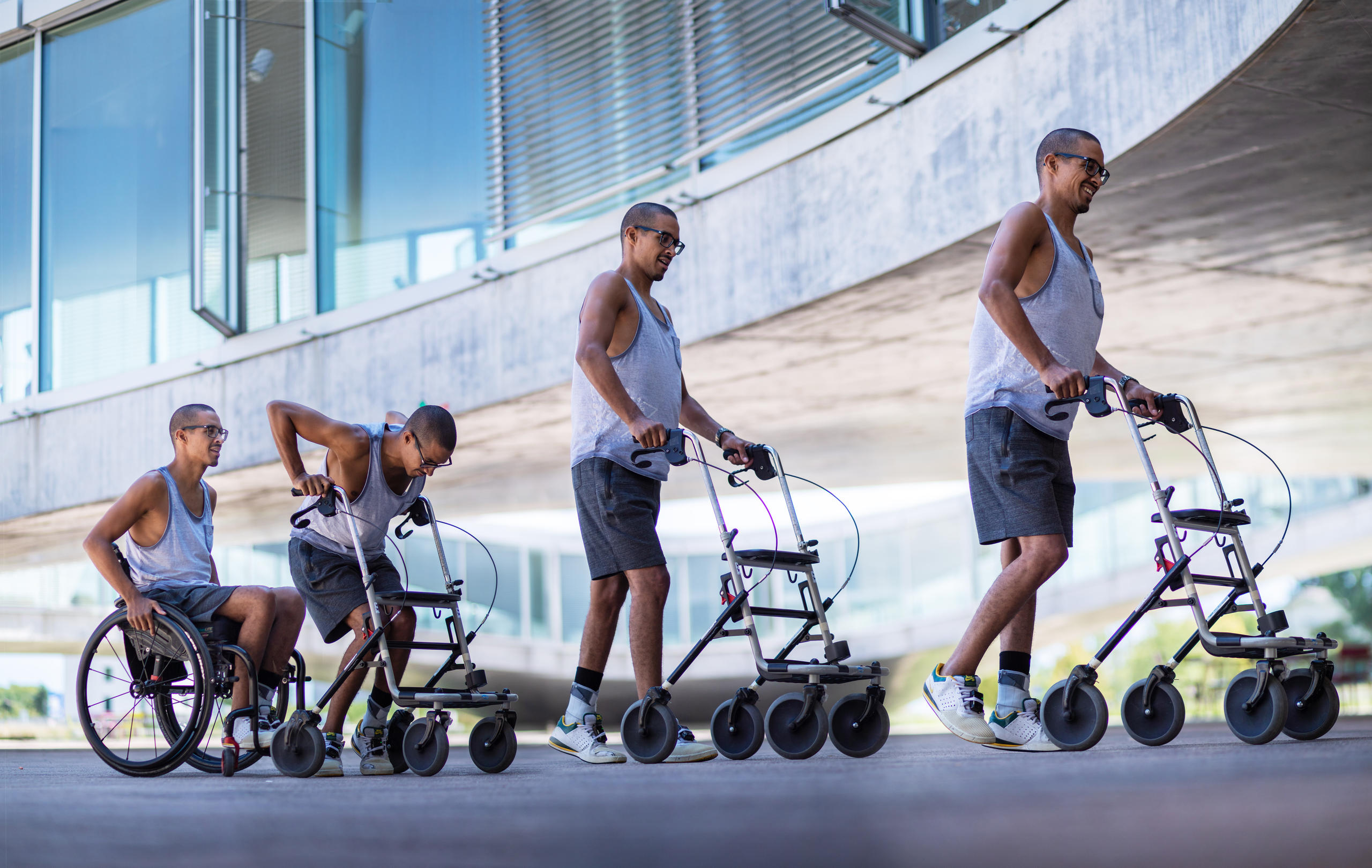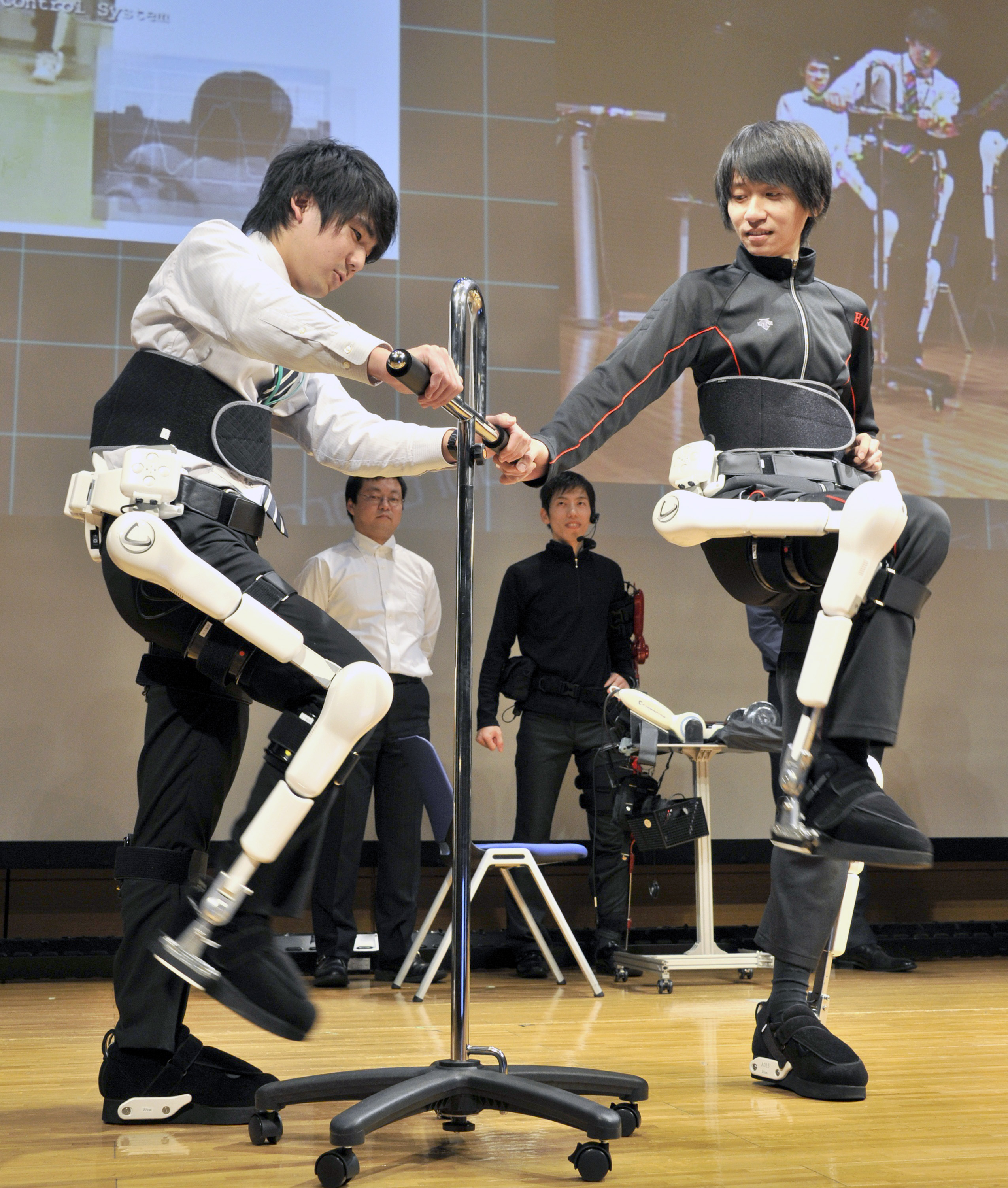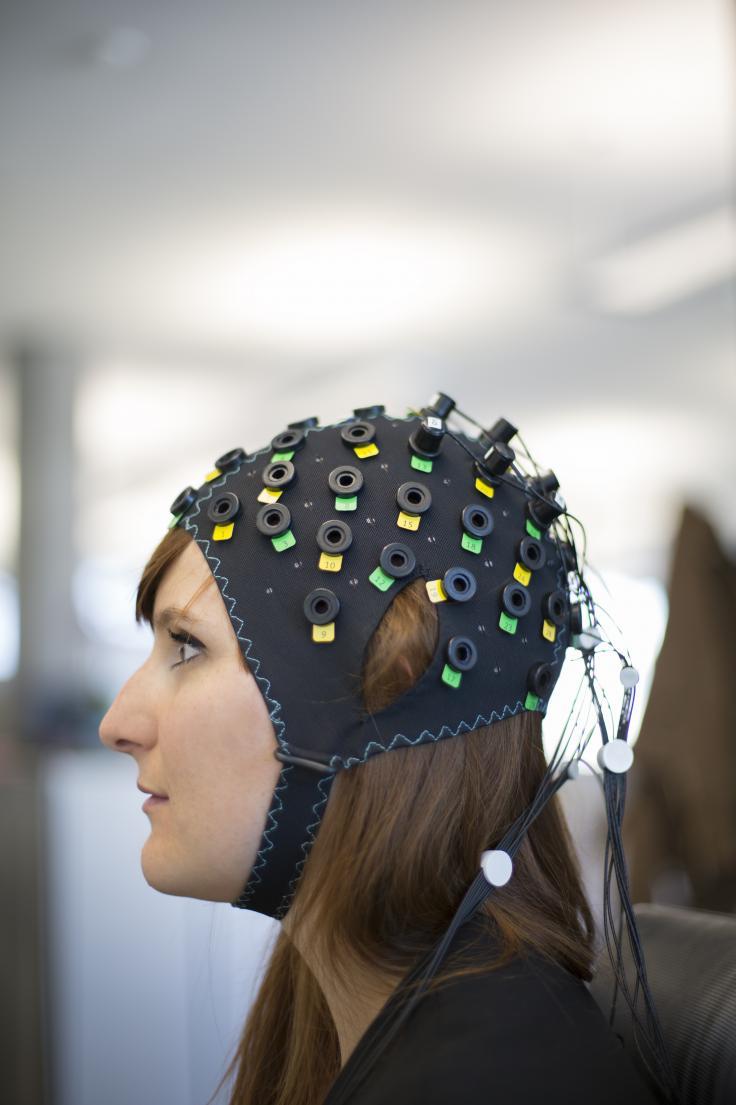Electro-stimulation helps paraplegic patients walk again

Researchers in Switzerland have demonstrated a way to help three male paraplegic patients walk again through highly targeted electrical stimulation of the spinal cord using a wireless implant.
With time and therapy, the patients, who had each suffered a spinal cord injury, were able to walk independently using a walker or other support system with the help of the electrical stimulation. They were also able to control previously paralysed leg muscles even without the electrical stimulation.
The research, by scientists at the Swiss Federal Institute of Technology in Lausanne (EPFL), the University of Lausanne (UNIL) and the Lausanne University Hospital (CHUV), has been published in two studies in the journals NatureExternal link and Nature NeuroscienceExternal link.
‘As precise as a Swiss watch’
According to an EPFL press release on Wednesday, the STIMO method (Stimulation Movement Overground) presents a novel approach to recovery from spinal cord injury that, unlike other similar studies on the subject, allows neurological function to continue even after the electrical stimulation is stopped. This could be due to the fact that the precisely targeted and timed bursts of electrical stimulation aided the patients’ movement without getting in the way of sensory signals coming from their legs, the researchers theorised.
“The targeted stimulation must be as precise as a Swiss watch. In our method, we implant an array of electrodes over the spinal cord which allows us to target individual muscle groups in the legs,” said study author and CHUV neurosurgeon Jocelyne Bloch, who surgically placed the implants in the patients.
“Selected configurations of electrodes are activating specific regions of the spinal cord, mimicking the signals that the brain would deliver to produce walking,” she said.
“All three study participants were able to walk with body-weight support after only one week of calibration, and voluntary muscle control improved tremendously within five months of training”, added study author and EPFL neuroscientist Grégoire Courtine. “The human nervous system responded even more profoundly to the treatment than we expected.”
Accessible treatment
The researchers noted that their method had been made possible through years of research using animal models, which allowed them to figure out how to mimic the way the brain naturally stimulates the spinal cord with the implants. They now hope to turn their findings into tailored neurotechnology that can be used to treat patients in hospitals and clinics through the start-up GTX medical.
“We’re building next-generation neurotechnology that will also be tested very early post-injury, when the potential for recovery is high and the neuromuscular system has not yet undergone the atrophy that follows chronic paralysis. Our goal is to develop a widely accessible treatment,” Courtine said.

In compliance with the JTI standards
More: SWI swissinfo.ch certified by the Journalism Trust Initiative



You can find an overview of ongoing debates with our journalists here. Please join us!
If you want to start a conversation about a topic raised in this article or want to report factual errors, email us at english@swissinfo.ch.